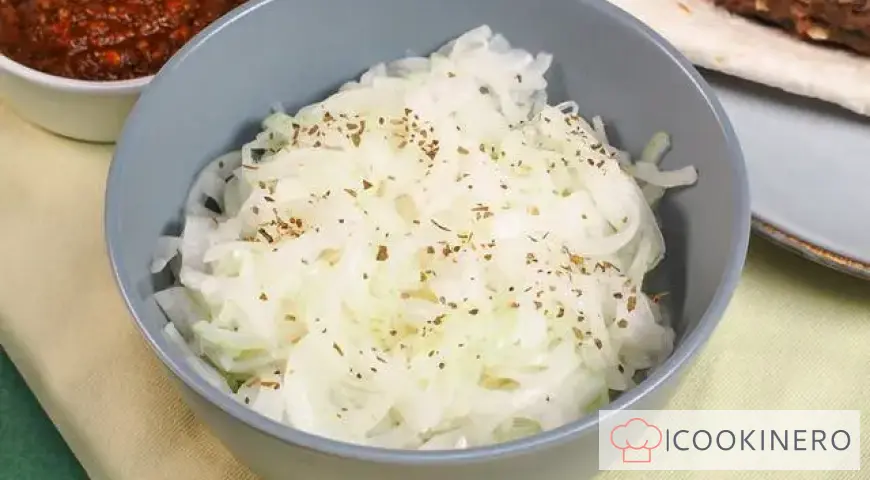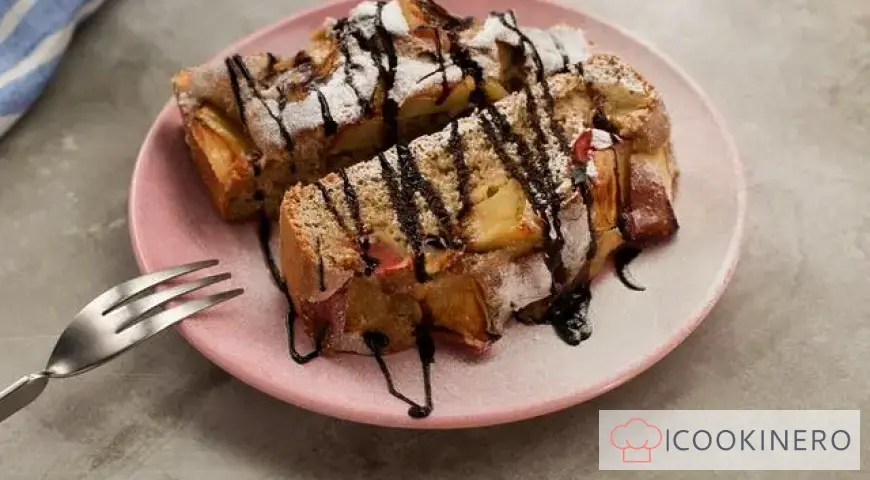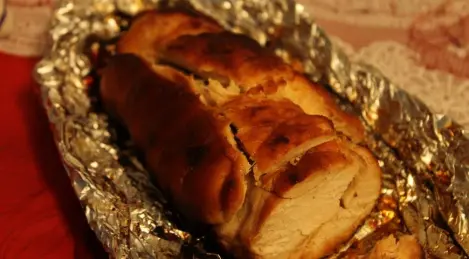Openwork pancakes in milk with yeast
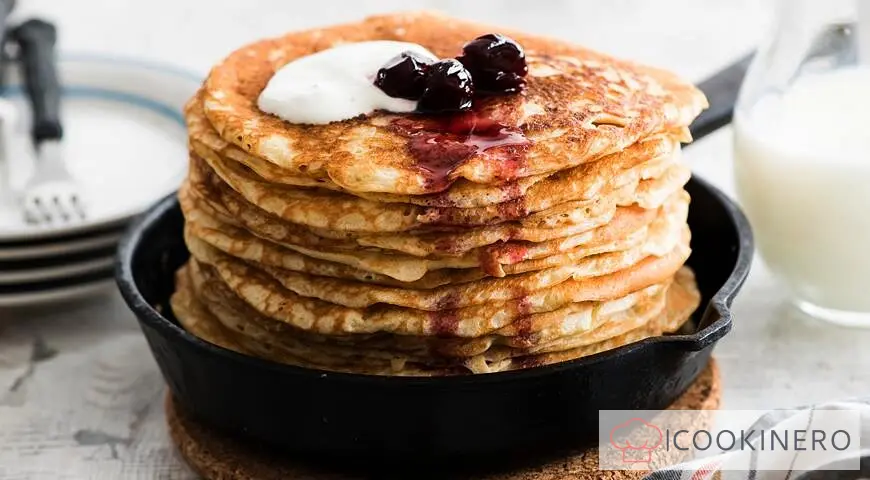
The ability to cook openwork pancakes in milk with yeast is evidence of the extraordinary culinary skills of the hostess. Our detailed recipe will allow you to easily reach this level! Remember that yeast dough requires an hour and a half for proofing, and you definitely shouldn’t rush into this matter. It is also important to find the right utensils for baking pancakes. A heavy pan with a thick bottom and low walls, ideally cast iron, is ideal. How much dough to pour at a time? You can determine this quite quickly, but only by experience, having passed the stage of that very notorious “first pancake lumpy”
How to cook Openwork pancakes in milk with yeast
Step 1

Prepare the dough for openwork pancakes. Heat 1 glass of milk to 36-38°C. Add 1 tsp. sugar, a pinch of salt and yeast, mix and leave in a warm place until a fluffy yeast cap forms.
Step 2

In a large bowl, beat the eggs with the remaining sugar and salt until fluffy. Add half of the remaining milk and melted butter, beat again.
Step 3

Sift the flour and baking soda into the egg mixture. Stir so that there are no lumps, gradually pouring in the remaining milk. Add yeast mixture, mix thoroughly. Cover the bowl with cling film and leave in a warm place to rise for 1 hour.
Step 4

Stir, cover again and let rise for another 1 hour. Don't stir again! Heat a cast iron skillet to high heat, brush lightly with oil. Bake openwork thin pancakes over high heat. Put the finished pancakes in a bowl or pan under the lid. Serve hot.
Openwork pancakes in milk with yeast - FAQ About Ingredients, Baking Time and Storage
Reviews: 0
0 Overall ratingHave you already prepared this recipe? Tell what you think.
Write a review
Trending
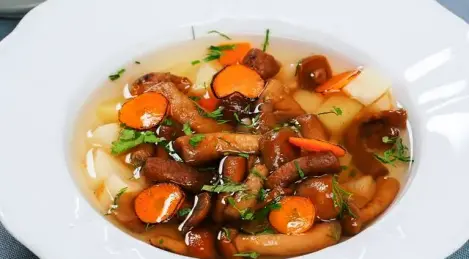
Honey mushroom soup
Frozen honey mushrooms allow you to enjoy the taste and aroma of mushroom soup even in winter. There are many recipes with honey mushrooms and other frozen or dried mushrooms in traditional Russian cuisine. But soup with honey mushrooms, frozen whole
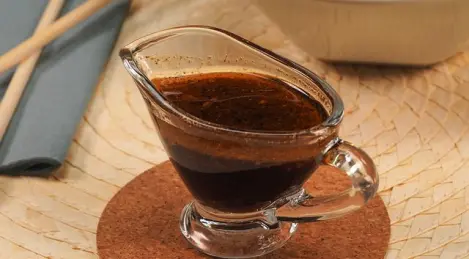
Dressing for funchose
Funchoza is a dish made from starch noodles combined with various sauces and dressings. Noodles made from mung bean starch become transparent during cooking. That is where its name comes from - "glass". It is served hot, cold, and sometimes
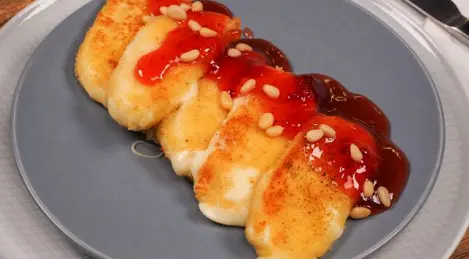
Fried Adyghe cheese
Adyghe cheese is a national dish of Circassian cuisine. It is made from cow's milk. The product has a pleasant, slightly salty taste. If you cook it in breading in a frying pan, you get a quick and satisfying snack. The recipe for fried Adyghe ch

